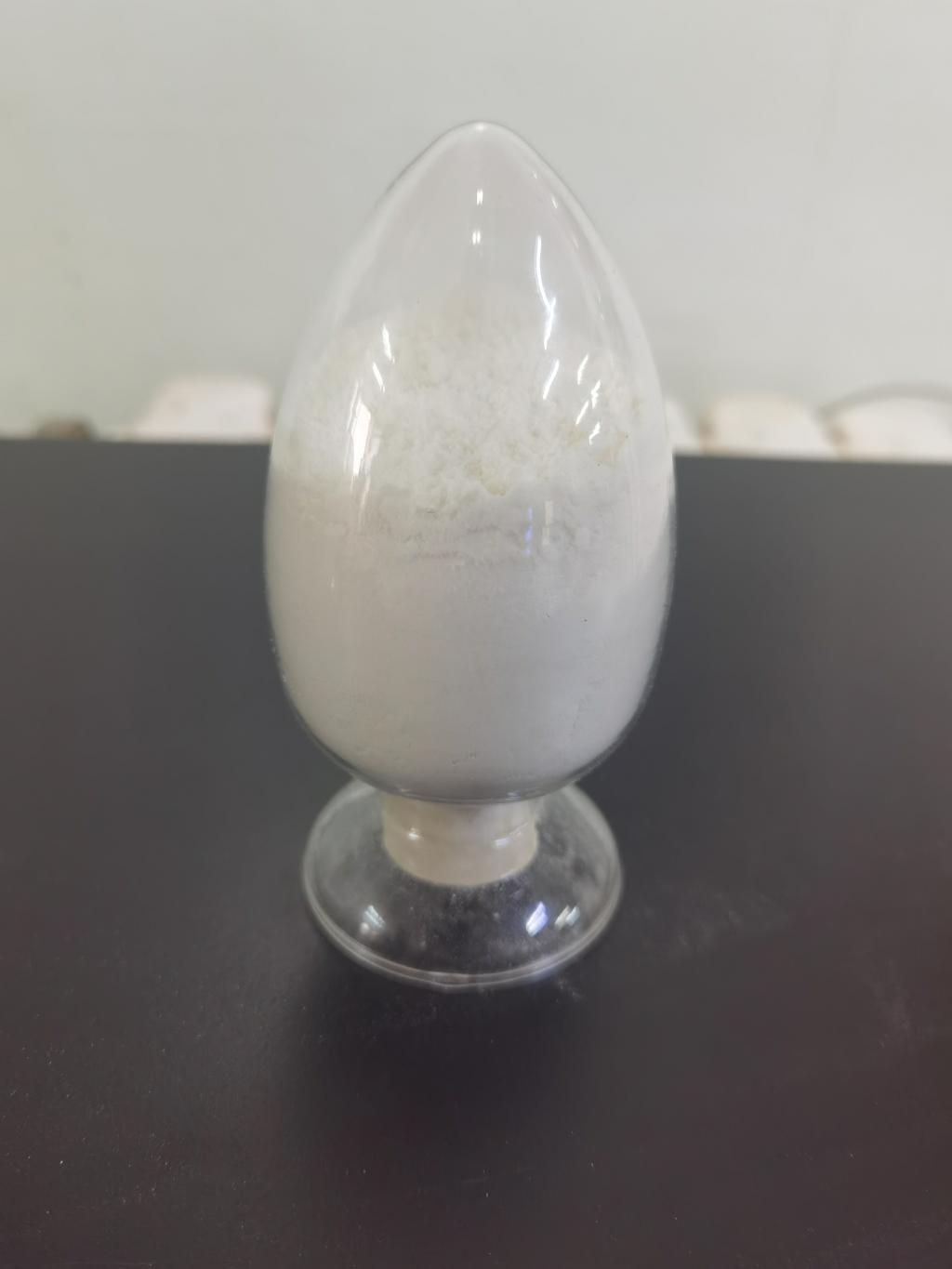Tel:+8618231198596

News
 CONTACT
CONTACT
 CONTACT
CONTACT
- Linkman:Linda Yao
- Tel: +8618231198596
- Email:linda.yao@dcpharma.cn
- Linkman:CHARLES.WANG
- Department:Overseas
- Tel: 0086 0311-85537378 0086 0311-85539701
News
Are there any known interactions between ε-Polylysine hydrochloride and common food allergens?
TIME:2023-06-19
Understanding Food Allergens:
Food allergens are proteins that trigger an immune response in susceptible individuals. Common allergenic foods include milk, eggs, fish, shellfish, peanuts, tree nuts, soy, wheat, and sesame. Even trace amounts of allergens can cause allergic reactions, ranging from mild symptoms to life-threatening anaphylaxis.
ε-Polylysine Hydrochloride:
ε-Polylysine hydrochloride is a natural antimicrobial agent produced through microbial fermentation. It possesses strong antimicrobial properties and is commonly used in the food industry for preservation purposes. Before assessing its potential interactions with food allergens, it is important to understand its mode of action and safety profile.
Mode of Action of ε-Polylysine Hydrochloride:
ε-Polylysine hydrochloride exerts its antimicrobial activity by disrupting microbial cell membranes and interfering with vital cellular functions. However, its mode of action does not specifically target or interact with allergenic proteins.
Potential Interactions:
To date, there is no evidence suggesting direct interactions between ε-Polylysine hydrochloride and common food allergens. The protein structure and biochemical properties of allergenic proteins are distinct from those of ε-Polylysine hydrochloride, reducing the likelihood of specific interactions.
Safety Considerations:
While the direct interaction between ε-Polylysine hydrochloride and food allergens appears to be minimal, it is crucial to consider potential cross-contamination risks during food processing. Cross-contact can occur if allergenic proteins from one food come into contact with another food, leading to unintended allergen exposure.
Good Manufacturing Practices (GMP):
To ensure the safety of individuals with food allergies, food manufacturers must adhere to strict Good Manufacturing Practices (GMP) and allergen control protocols. These practices include proper cleaning and sanitation procedures, segregation of allergenic ingredients, and thorough ingredient labeling to inform consumers about potential allergen risks.
Regulatory Compliance:
Food additives, including ε-Polylysine hydrochloride, undergo regulatory evaluations to assess their safety. Regulatory agencies, such as the U.S. Food and Drug Administration (FDA) and the European Food Safety Authority (EFSA), review scientific data on additives' safety, including allergenicity assessments, before granting approval for their use in food products.
Allergenicity Testing:
Allergenicity testing of food additives is an essential step in ensuring consumer safety. Manufacturers may conduct studies to assess the potential of additives to induce allergic reactions. However, it is important to note that allergenicity testing is typically performed on proteins, and ε-Polylysine hydrochloride is not a protein, but rather a peptide.
Consumer Awareness:
Clear and accurate labeling of food products is crucial for individuals with food allergies. Ingredient labels should list all potential allergens, as required by regulatory standards. Consumers with known food allergies should carefully read product labels and consult with healthcare professionals or allergists regarding the safety of specific food additives.
Conclusion:
Based on the available scientific evidence, there are no known direct interactions between ε-Polylysine hydrochloride and common food allergens. However, it is essential for food manufacturers to follow strict allergen control practices to prevent cross-contamination and unintended allergen exposure. By adhering to Good Manufacturing Practices and providing accurate labeling, the industry can ensure the safety of individuals with food allergies while benefiting from the preservation capabilities of ε-Polylysine hydrochloride.
- Tel:+8618231198596
- Whatsapp:18231198596
- Chat With Skype







